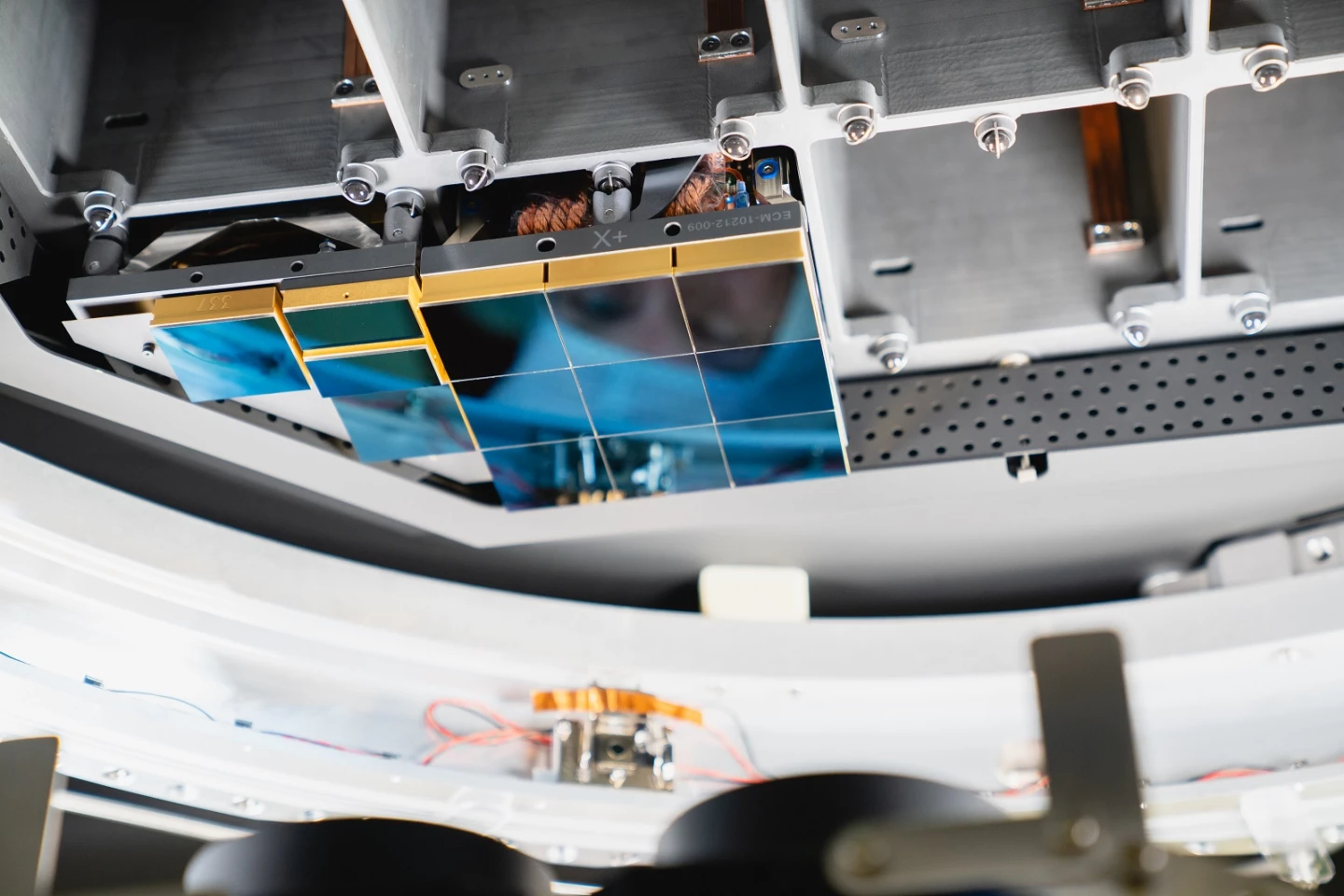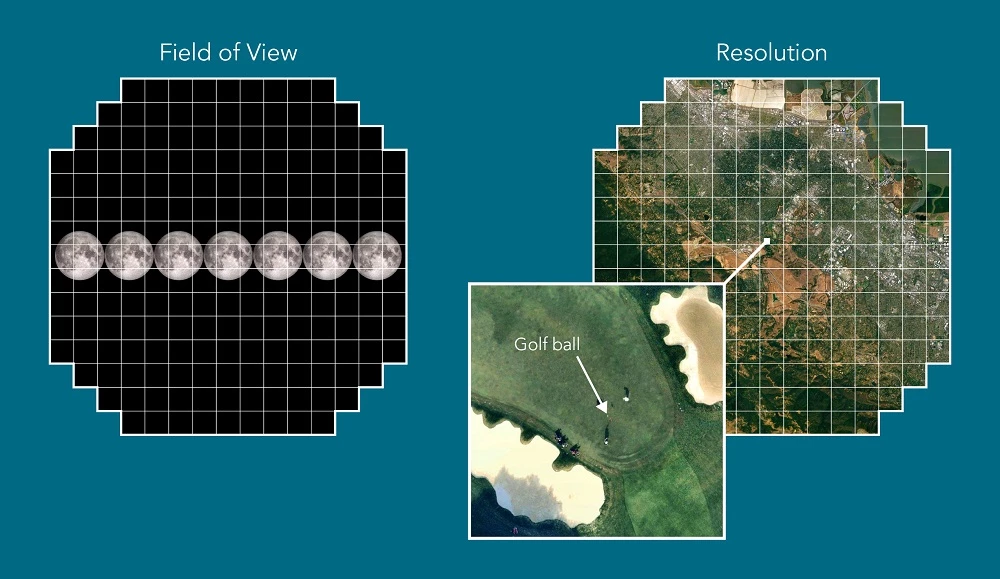A next-generation imaging instrument built to probe the universe’s biggest mysteries has been put through a practice run and pieced together the largest photos ever taken as a result. The focal plane for what will be the world’s largest digital camera was used to snap the first ever 3,200-megapixel images, with the team now preparing to install this sensor array into an ultra-sensitive telescope capable of spotting objects 100 million times dimmer than what can be seen with the naked eye.
The world’s largest and most powerful digital camera has been in the works at the US Department of Energy's SLAC National Accelerator Laboratory since 2015. The device is the centerpiece of the Vera C. Rubin Observatory currently under construction in Chile, which will spend 10 years gathering the widest, fastest and deepest views of the night sky ever taken.
This initiative is known as the Legacy Survey of Space and Time (LSST), and the camera at the heart of it boasts some suitably sophisticated hardware. The focal plane was assembled back in January and features 189 individual imaging sensors that record 16 megapixels apiece.

Where a full-frame consumer camera might feature an imaging sensor measuring 1.4 inches (3.5 cm) across, this focal plane stretches to more than two feet (61 cm) in width. This is large enough for it to capture a portion of the sky the size of 40 full moons, and spot astronomical objects with such sensitivity it is akin to a human seeing a candle from thousands of miles away.
To put this focal plane through its paces, the team first had to place it inside a cryostat to cool the sensors down to -150 °F (-101.1 °C) to reach its required operating temperature. It was then used to image a head of broccoli, chosen for its intricate detail, along with images of the team and of Vera C. Rubin, the scientist after which the observatory is named.

So large are these images that it would take 378 4K television screens to present one of them in full size, while the resolution is high enough that you could spot a golf ball from around 15 miles (24 km) away.

"This achievement is among the most significant of the entire Rubin Observatory Project,” says SLAC’s Steven Kahn, director of the observatory. “The completion of the LSST Camera focal plane and its successful tests is a huge victory by the camera team that will enable Rubin Observatory to deliver next-generation astronomical science."
From here, the team will begin working to integrate the focal plane into the camera body, along with its lenses, a shutter and a filter system to observe the night sky in varying colors. The finished product will be around the size of an SUV, with plans to begin final testing midway through 2021.
“Nearing completion of the camera is very exciting, and we’re proud of playing such a central role in building this key component of Rubin Observatory,” says JoAnne Hewett, SLAC’s chief research officer and associate lab director for fundamental physics. “It’s a milestone that brings us a big step closer to exploring fundamental questions about the universe in ways we haven’t been able to before.”
An overview of the Vera C. Rubin Observatory project is provided in the video below.











